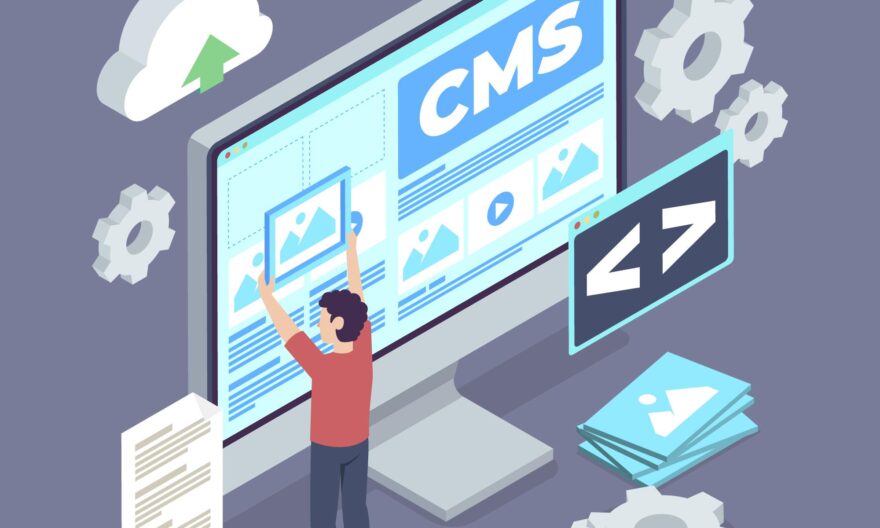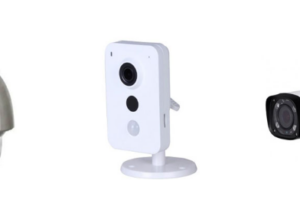
Maintaining compliance and delivering accurate reporting are critical in today’s fast-changing business world in order to improve operational efficiency and minimize risk. Compliance with regulations is a task for industries like manufacturing, health care, and logistics, as well as for managing intricate facility operations. However, CMMS software (Computerized Maintenance Management System) is an invaluable tool at this point. With a robust facility management system and advanced functionalities integrated into it, organizations can automate compliance and take reporting to another level without any hassles.
The Role of CMMS Software in Compliance Management
Not complying with government regulations will get you in trouble, prevent your workers from being safe, and put you out of line with the industry. The CMMS software simplifies compliance management as it gives easy access to the maintenance schedules, the asset data, and the inspection records inside a centralized hub. Here are the ways CMMS aids compliance:
- Scheduled Maintenance: CMMS automates maintenance schedules to identify and fix maintenance problems on time. It is proactive so that there are no violations from missed maintenance tasks.
- Regulatory Documentation: The CMMS stores all essential compliance documents, including certifications, audit logs, and inspection reports, in one place and one place only. It lowers the chance of misplaced paperwork during the audits.
- Automated Alerts: Organizations using a CMMS can receive real-time alerts and reminders for upcoming compliance tasks. Therefore, deadlines are never missed, and businesses stay on top of regulatory requirements.
- Comprehensive Reporting: CMMS software can make it so you do not have to generate detailed reports. These reports can also be configured according to your need to show compliance during audits or inspections, which saves time and effort for facility management.
Enhancing Reporting with CMMS software
Accurately reported information is needed to inform decision-making and maintain operational transparency. CMMS software automates this process and can be far less cumbersome yet easier to maintain than traditional reporting methods. Here’s how:
- Real-Time Data Access: Facility Management and CMMS use the same database, which brings facility performance, maintenance history, and downtime trends right to your fingertips. Real-time data gives us current and reliable reports.
- Customizable Dashboards: Dashboards can be tailored to specific metrics, such as energy use, asset utilization, or compliance status. These visualizations help people understand data and uncover opportunities for improvement.
- Audit-Ready Reports: CMMS makes report generation easy, whether for regulatory compliance or internal assessment. You can use prebuilt templates or create a custom one if you have the will.
- Data Analytics and Trends: However, the most advanced CMMS platforms include predictive analytics, allowing organizations to use patterns and trends in maintenance activities to predict failures. This is not just for improved reporting but also for strategic planning; this is a data-driven approach.
Why Are Compliance and Reporting Important in Facility Management?
Operational efficiency and compliance cannot exist without one another. Failure to address these aspects can incur costly penalties, damage reputations, and have operational knock-on effects. An integrated facility management system with CMMS capabilities ensures:
- Regulatory Adherence: It’s an easy process of staying with safety and environmental regulations.
- Operational Efficiency: With the technologies for automating compliance tasks and reporting, facility managers can concentrate on core operations.
- Risk Mitigation: Accurate reporting reduces the chances of making an error that can cause a potential safety hazard or regulatory breach.
What Should You Look for in CMMS Software?
CMMS is not all CGMM. To maximize compliance and reporting efficiency, ensure that your chosen software offers the following features:
- Asset Management: Such comprehensive asset tracking, including location, maintenance history, and performance data.
- Work Order Management: Setting up patchwork creation, issue, tracking, and finally, allocation.
- Integration with Facility Management Systems: A CMMS should be integrated with your facility management system to allow you to operate your facility effectively.
- Mobile Accessibility: Flexibility and responsiveness should be provided, allowing field teams to easily access and modify data using mobile devices.
- Custom Reporting Tools: The ability to create and customize reports for stakeholders such as auditors and management.
- Regulatory Compliance Modules: Designed features to track your compliance requirements in that specific industry.
CMMS Software Real-life Application
CMMS software has provided organizations in various industries with many benefits. Here are a few examples:
- Healthcare: Hospitals use CMMS to meet healthcare regulations, manage medical equipment maintenance, and track facility inspections.
- Manufacturing: That is, factories must control and monitor equipment maintenance using CMMS to meet OSHA standards and create compliance reports.
- Logistics: CMMS is used in warehouses and distribution centers for maintaining safety standards, tracking vehicle maintenance, streamlining reporting, etc.
How yCloudx Makes a Difference?
yCloudx is an innovative solution that puts an end to how businesses manage compliance and reporting. yCloudx brings together cutting-edge technology with intuitive interfaces to enable meeting regulatory requirements whilst making operations better. Keep up with today’s competitive market with automated maintenance schedules and detailed compliance reports all the way down to daily operations.
Future Trends in CMMS and Facility Management Systems
CMMS software is evolving and changing the game in facility management. Emerging trends include:
- AI and Machine Learning: In AI-driven predictive maintenance, issues are addressed before they become major problems.
- IoT Integration: IoT devices supply real-time data on asset performance, which adds to compliance and reporting.
- Cloud-Based Solutions: Cloud-hosted CMMS platform provides scalability, flexibility, and access to wherever you are.
- Sustainability Metrics: The global sustainability goals are aligned with modern CMMS tools’ features, which include monitoring energy consumption and reducing environmental factors.
Conclusion
A robust CMMS software is no longer optional for organizations that want to automate compliance and reporting procedures in order to streamline such processes. Businesses that integrate with a complete facility management system can confirm regulatory compliance, enhance operational transparency, and make data-driven decisions. This makes it easy for organizations to change as the industry standards and demand change.
Today, more and more compliance regulations are being passed, and the operation marketplace is starting to get more and more tricky, and that means having the right tools to stay ahead of the pack. By using CMMS software, we not only survive but also thrive in our respective arenas; in this way, we ensure more efficiency and encourage sustainable growth of businesses.




